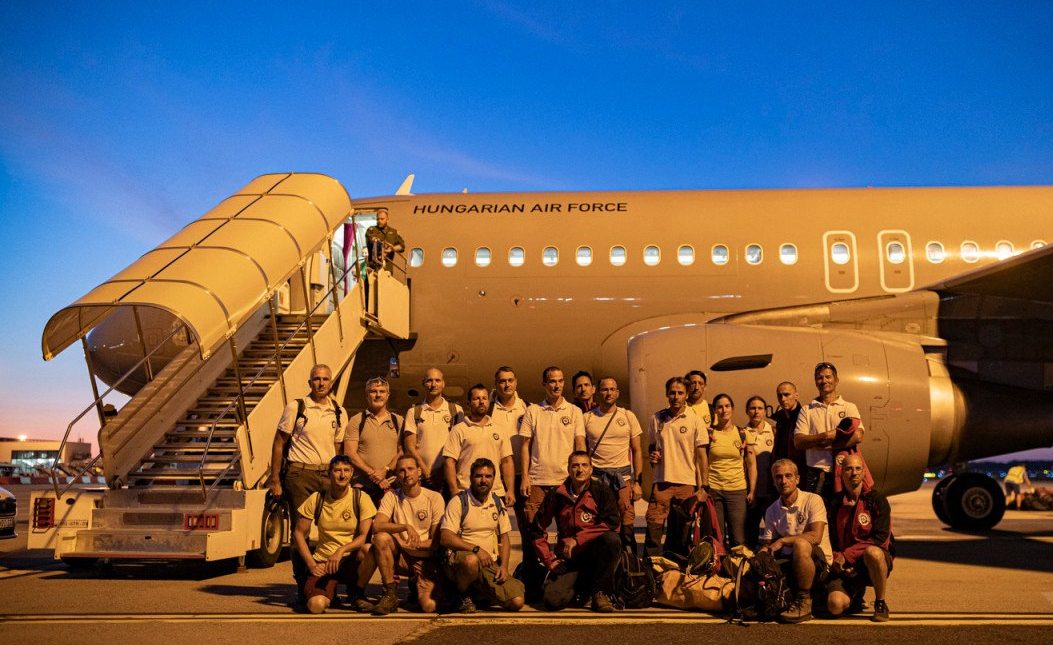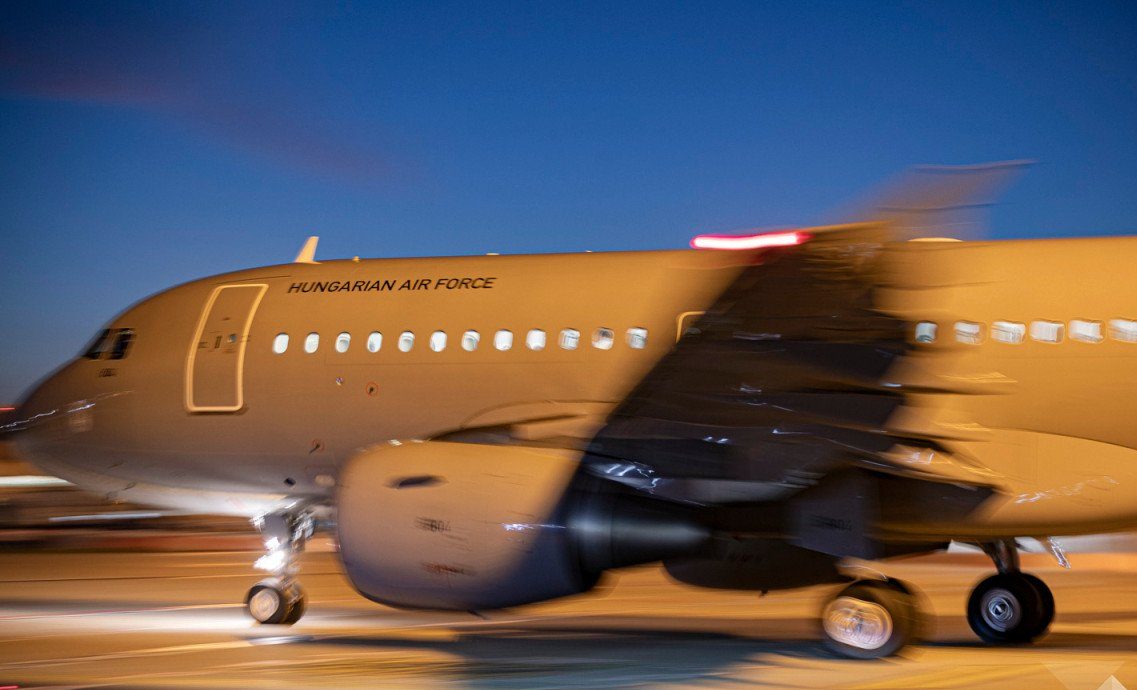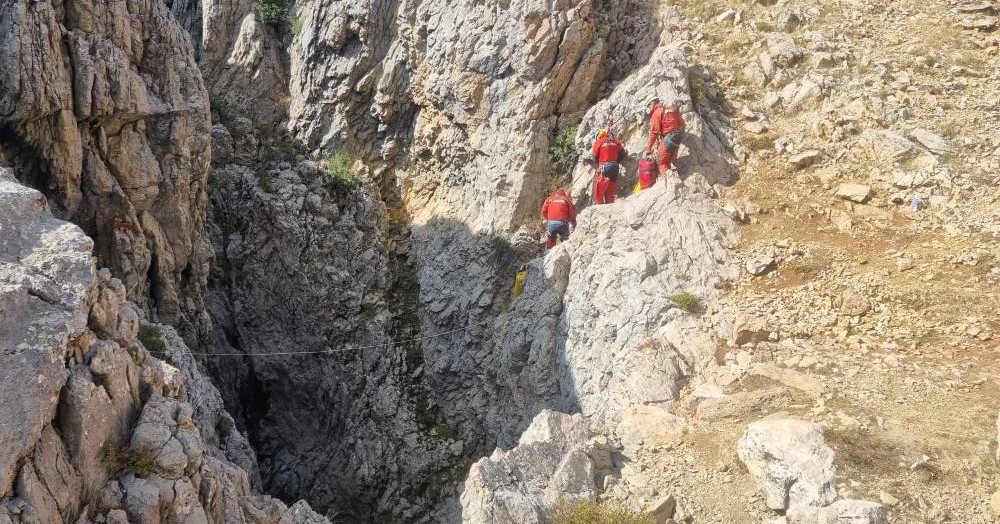
The decoration expresses the gratitude of the Turkish nation for self-sacrifice.Continue reading

A few minutes after 8 p.m. on September 7, an Airbus A-319 aircraft took off from Liszt Ferenc International Airport so that Hungarian cave rescue experts could begin the work on Friday in Turkey, reports Honvedelem.hu. The professional team is on its way to the Morca cave in the Taurus Mountains to provide a sick caver with the medical assistance he needs.
The twenty-three-strong cave rescue team is made up of selected experts from the Hungarian Cave Rescue Service, as the task ahead promises to be one of the largest cave rescue operations in the world. The terrain conditions make rescue work very difficult, as Turkey’s third deepest cave is riddled with narrow passages and shafts, and the passages often lead into waterfalls or streams.
Speaking at Liszt Ferenc International Airport, Defense Minister Kristóf Szalay-Bobrovniczky said that the
Hungarian Cave Rescue Service had requested the assistance of the Ministry of Defense in rescuing a caver who had been injured during a research expedition in Turkey.
According to the Hungarian Cave Rescue Service, the caver, who is at a depth of more than 1,000 meters, is in such a condition that only a coordinated rescue operation can bring him to the surface. It is essential, however, that the only Hungarian medical team currently trained and prepared for this task arrives on the scene as soon as possible.
The Hungarian Ministry of Defense and the Hungarian Defense Forces are monitoring developments and will provide all possible additional assistance to the rescue operation.

Airbus A-319 aircraft. Photo via Honvedelem.hu/Kertész László
One of the expedition’s leading men, a 40-year-old American cave explorer, suddenly became ill, developing a gastrointestinal hemorrhage, meaning he was unable to leave the cave on his own. The expedition leaders sought help from ECRA, the European Cave Rescue Association, who were the first to search for a medical team that could leave immediately and provide meaningful medical care – 1,000 meters beneath the surface. In Europe, only the Hungarian Cave Rescue Service was able to launch such a team on Sunday.

Rescuers at the mountains. Photo via Facebook/European Speleological Federation – Fédération Spéléologique Européenne
The Hungarian cave rescuers arrived on Sunday and Monday in two groups and started their descent into the cave.
The first group made frantic efforts to reach the victim and set up a tent in the cave bivouac at an extreme depth for intensive therapeutic care.
The caver was also given a blood transfusion after the start of medical treatment. A second wave of Hungarian cave rescuers arrived at the cave entrance at dawn today, and they have started the day-long journey to the injured with additional blood and frozen plasma, but further help is needed as quickly as possible, and for that the Defense Forces’ aircraft is indispensable.
Via honvedelem.hu, Featured image via honvedelem.hu/Kertész László